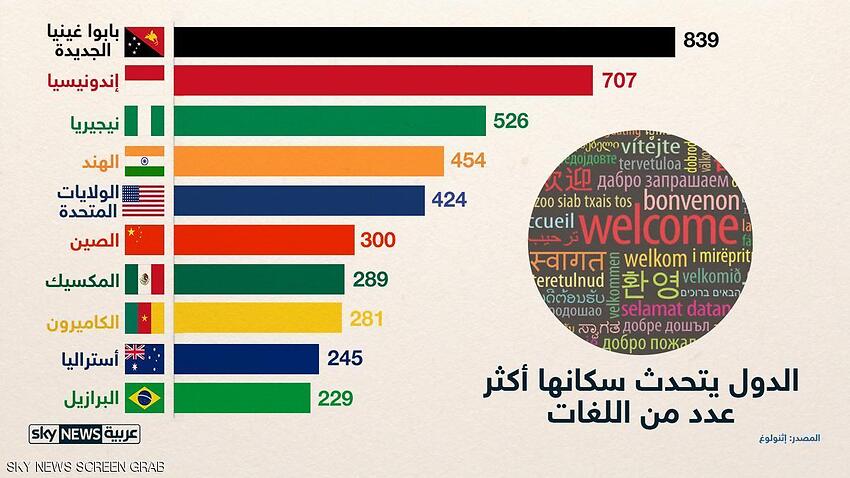There are over 7 000 languages worldwide and most of them are dialects

The Diversity of Languages: Exploring the World’s Linguistic Tapestry

Languages are the essence of human communication, enabling us to express our thoughts, emotions, and ideas. They are the building blocks that foster understanding and connectivity among diverse communities across the globe. With over 7,000 languages spoken worldwide, our planet is a treasure trove of linguistic diversity, showcasing the intricate tapestry of human expressions. However, it is important to note that a common misconception exists regarding languages and dialects, prompting a closer examination of this phenomenon.
It is often believed that the majority of the 7,000 languages in existence are dialects, but this statement requires clarification. Linguists define dialects as regional or social variations within a single language. They typically share the same core grammatical and lexical features but differ in terms of pronunciation, vocabulary, and syntax. In contrast, languages are distinctive systems of communication that exhibit significant discrepancies in grammar, vocabulary, and structure.
However, establishing precise boundaries between languages and dialects can be challenging due to various factors such as politics, culture, history, and linguistic bias. Therefore, determining the exact number of languages can be subjective and dependent on the criteria used for classification. Nevertheless, it is generally agreed upon that the number of languages worldwide exceeds 7,000.
To fully comprehend the diversity of languages, we must appreciate the vast array of cultures and communities that have shaped them over millennia. From ancient languages like Latin and Sanskrit to modern-day languages such as English, Mandarin, and Spanish, each tongue encapsulates the rich heritage and distinct worldview of the people who speak it. Moreover, these languages often serve as essential cultural identifiers, reinforcing social cohesion and collective identities.
The geographical distribution of languages is highly uneven. Some languages are spoken by millions of people across multiple nations, while others are on the brink of extinction, with only a handful of speakers remaining. The vitality of these languages is crucial to the preservation of cultural identity, as they transmit unique knowledge, traditions, and beliefs from one generation to the next.
With the advent of globalization, however, languages face various challenges. Dominant languages, driven by economic and political influences, often overshadow smaller, indigenous languages. As a result, many languages are endangered, as younger generations opt for more widely spoken languages for practical reasons. Efforts to preserve linguistic diversity have gained momentum, with organizations, governments, and individuals striving to document, revitalize, and promote endangered languages.
In conclusion, the multitude of languages worldwide is a testament to the richness of human expression and cultural heritage. While the exact distinction between languages and dialects may be subject to interpretation, it is evident that languages play a vital role in shaping our identities and facilitating intercultural understanding. Preserving linguistic diversity is not only crucial for maintaining traditions and knowledge but also for fostering a more inclusive and interconnected global community. So let us celebrate the diversity of languages and embrace the linguistic tapestry that binds us together.
Tags
Share
Related Posts
Quick Links
Legal Stuff


